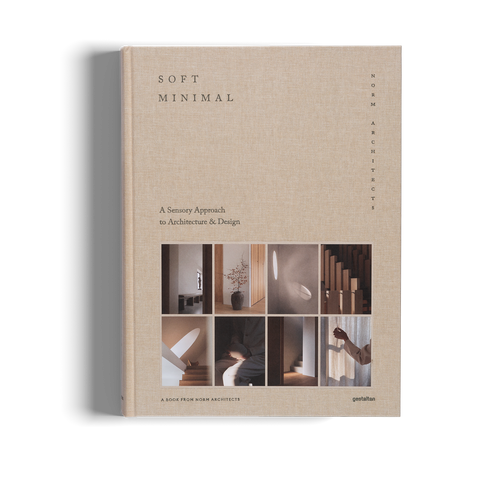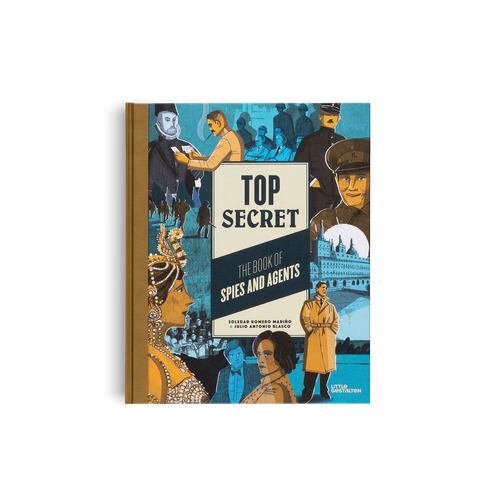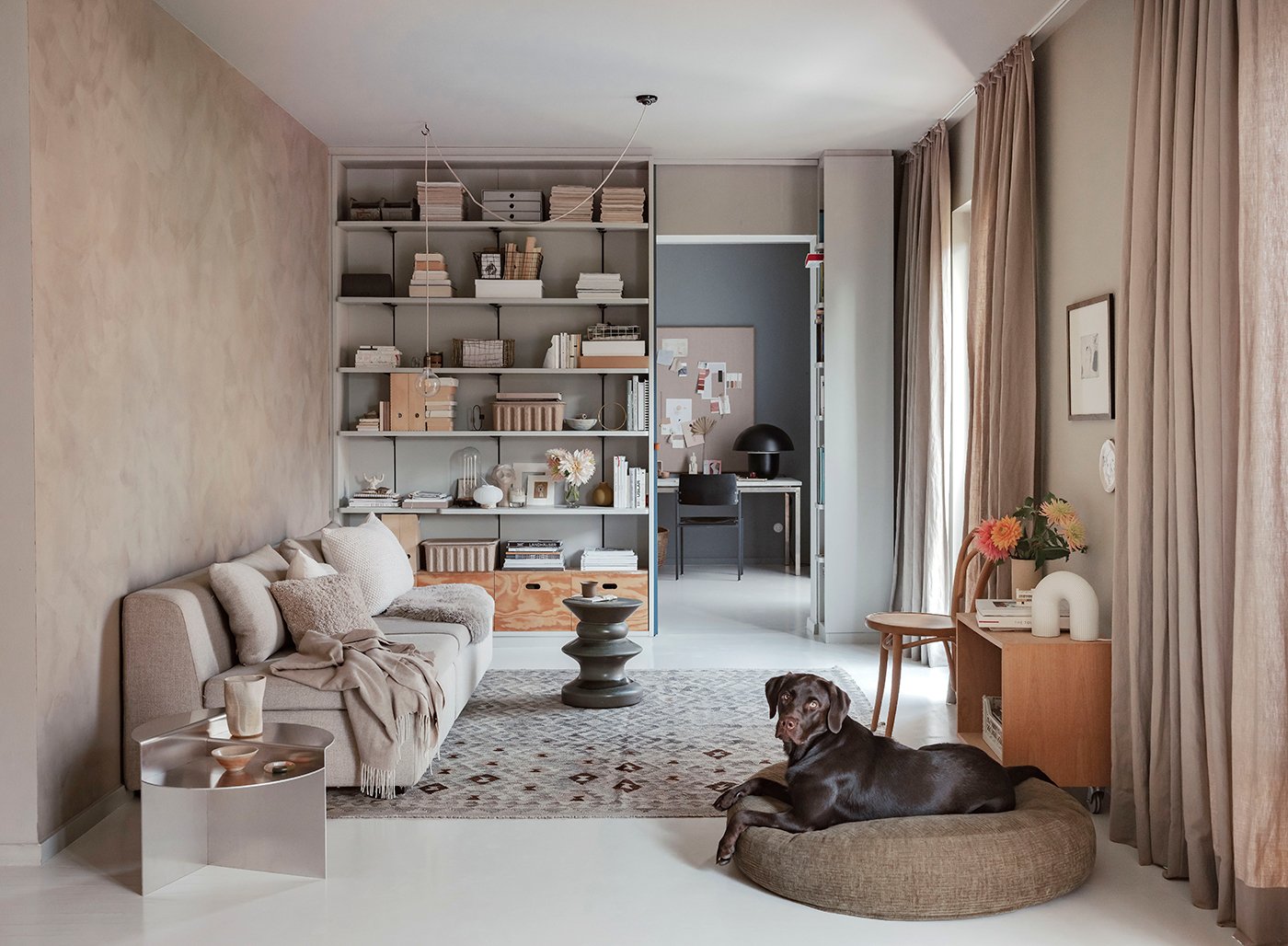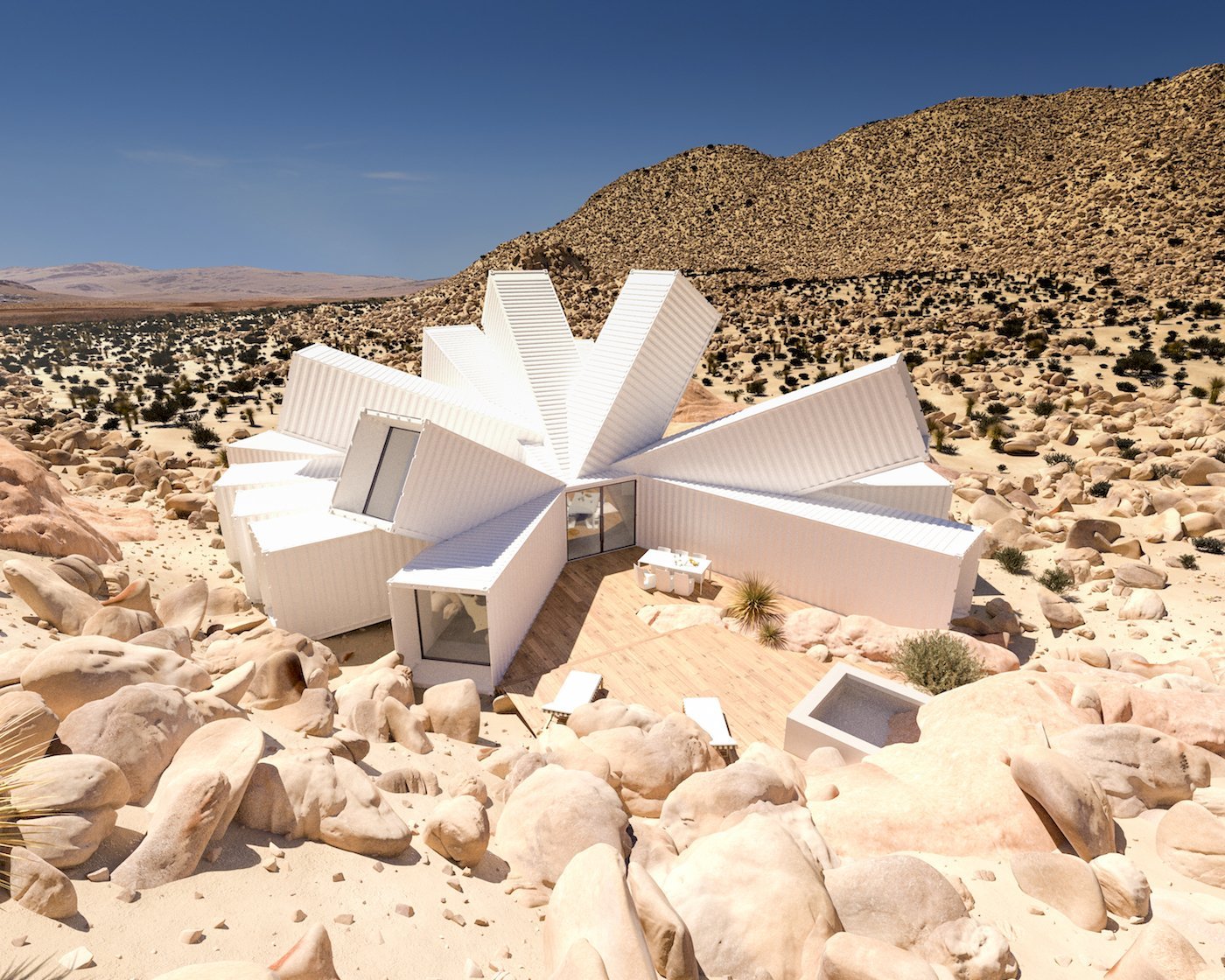
09/2021 architecture & interior
Once upon a time in Belgium, on the borders of the Scheldt River where the historic city of Antwerp is located, there was a young boy who liked antiques. He liked them so much that during a first trip alone to England in the 1960s as a teenager, he came back home with arms full of silver, antiques, and furniture, which his mother helped him to sell to her friends. A boy with talent and an innate flair, to whom experts “happily shared the secrets of their trade because I was young and curious”. This is the story of Axel Vervoordt, interior designer and antique and art dealer, whose talent can be appreciated by just naming a few of his clients: Robert de Niro, Kanye West, and Kim Kardashian-West, Sting, or Calvin Klein.
A man now at the head of a solid family business. Working side-by-side with his wife May for 50 years, and joined in the firm by their two sons, Boris and Dick, for the past 20 years), Vervoordt employs a team of about 100 people in his interior design practice, while also operating a private foundation, real estate business, and art galleries in his native city of Antwerp as well as Hong Kong. If classifying Vervoordt can be quite challenging (as his expertise covers a wide scope of fields), it may be easier to appreciate his widely documented work: a strongly poetic visual language that blends art, design, architecture, history, and philosophy into harmonious alchemy.

May and Axel Vervoordt in the Oriental Salon on the first floor of the castle, with their family dog Inu. Vervoordt his renowned for telling stories using a sensitive palette of mediums to share his vision of life where philosophy plays a key role. (Photo: Mariluz Vidal, Living In)
When talking about language, we talk about storytelling which is probably the best way to describe this elegant gentleman entrepreneur—a storyteller. Vervoordt is telling stories using a sensitive palette of mediums to share his vision of life where philosophy plays a constitutive role. His 2010 book Wabi Inspirations (considered a staple of interior design) dives into his visual identity: together with long-term collaborator Tatsuro Miki, he unveils the way he assimilates and translates ancient Japanese wabi-sabi philosophy that stands at the core of his narrative DNA. “Wabi derives from simplicity and authenticity. It values the beauty of imperfection, but my father has always been interested in searching for non-dogmatic expressions of this philosophy. It’s about mixing Eastern and Western ideas in a very ‘free’ way, reinterpreting the traditional Zen aesthetics but leaving behind their formalism,” adds Boris. Elegance in natural materials, nobility without sophistication, and timelessness with tradition are the pillars of Vervoordt’s language.
This language Vervoordt expands through his interior projects, too. Architecture to him has a lot to do with proportions and dialogue, his narrative bringing together opposites: modern and classical, new and old, light and dark, rough and comfy. A dialogue that is rooted in Axel and May’s lifestyle: the couple has always lived surrounded by art, antiques, furniture, and objects they mix, creating an interesting non-dogmatic, broad-minded conversation between elements. “Since the 1970s, as my parents built their business in Antwerp, their choices were guided by intuition, beauty, harmony, but most of all discovery. We aim to discover beauty and harmony in our lives and we help others do the same,” adds Boris.

In the hallway hangs an oversized portrait of Axel’s horse, Raio, painted by Michaël Borremans in 2015. (Photo: Mariluz Vidal, Living In)
And what better way to tell stories than to invite people home? In 1984, Vervoordt acquired the castle of ‘s-Gravenwezel, with its medieval roots, on the outskirts of Antwerp. Following a two-year renovation, the family and offices relocated there to live closer to nature and to be able to welcome friends and clients. It proved an ideal canvas for Axel and May to express the essence of the Vervoordt atmosphere: lime-plaster walls imbued with earthy pigments, washed linens in muted tones, long wooden tables, and low stone tables, ancient objects conversing with contemporary art, and simplicity meeting sophistication. “We respect the centuries-old architecture, and yet we like to create essential space for contemporary art,” says Boris. “Throughout every change at the castle, we’ve wanted to make an approachable, warm environment that’s free from ostentation and that connects to nature. Everything we choose to surround ourselves with adds an extra dimension to the universal qualities of life. In that sense, we’ve let the castle show its age, allowing the process of transformation to be at the center of its expression. In my view, that is what wabi is about: a feeling that makes you understand and perceive an object has had an interesting life.”

The Oriental Salon is hung with (from left): a fifteenth-century Confucianism calligraphy, a painting by Masatoshi Masanobu from 1962, and a 1963 painting by Ryuji Takana. (Photo: Mariluz Vidal, Living In)
Like any good storyteller, Axel Vervoordt also knows how to listen. Listening to other people’s stories unearth unexpected connections that have not yet been revealed or articulated. That is possibly where his acute genius lies: absorbing his clients’ tales and developing together with them a poetic narrative that reveals their tastes, ideas, perspectives, and connection to the world—as a home should be, more than anything, a personal expression of one’s soul.
Discover some of the world's most majestic architectural masterpieces through Living In.












